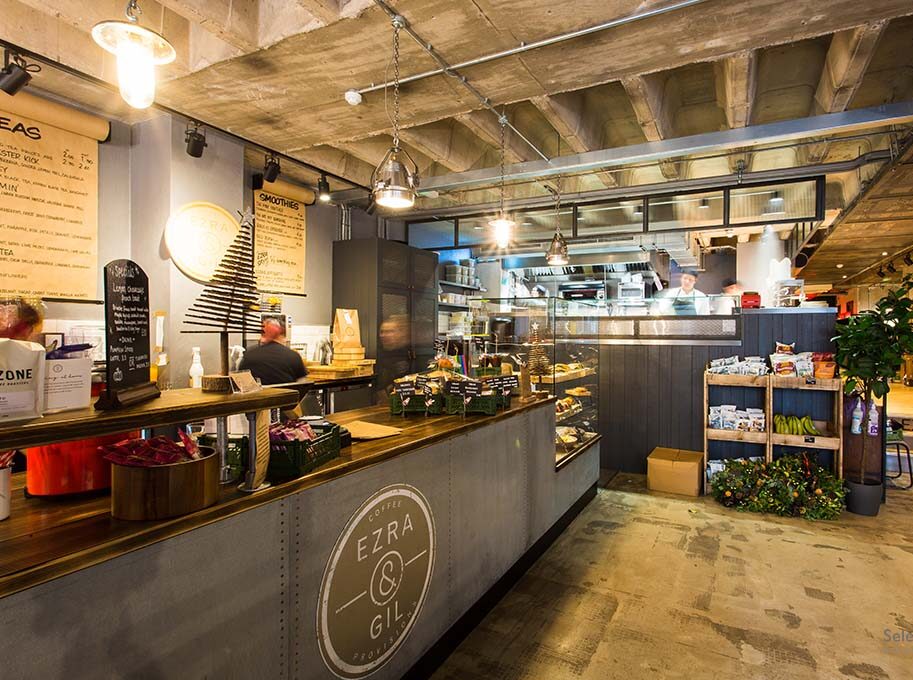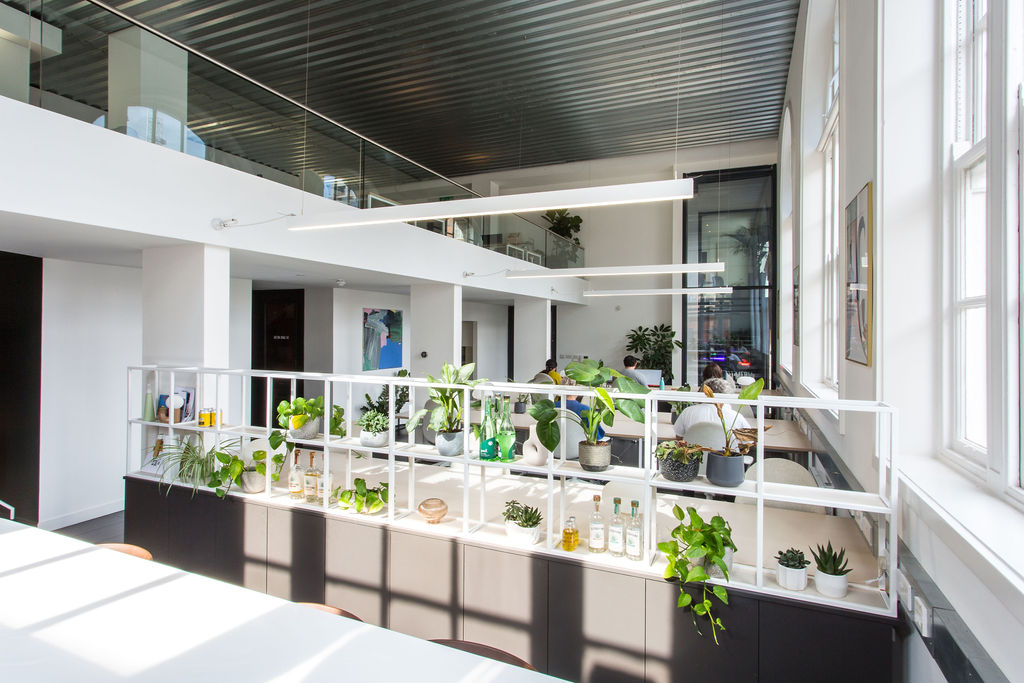As a team, we are constantly immersed in the ever-evolving landscape of industry trends and technological advancements. Artificial intelligence (AI) is revolutionising industries, including interior design. With its ability to analyse data and create personalised experiences, AI and interior design is transforming how designers work and, if used well, can improve the design process.
However, there is also a lot of hype and misinformation surrounding the extent to which AI and interior design dovetail. Like any emerging technology, it’s crucial to balance it with human expertise.

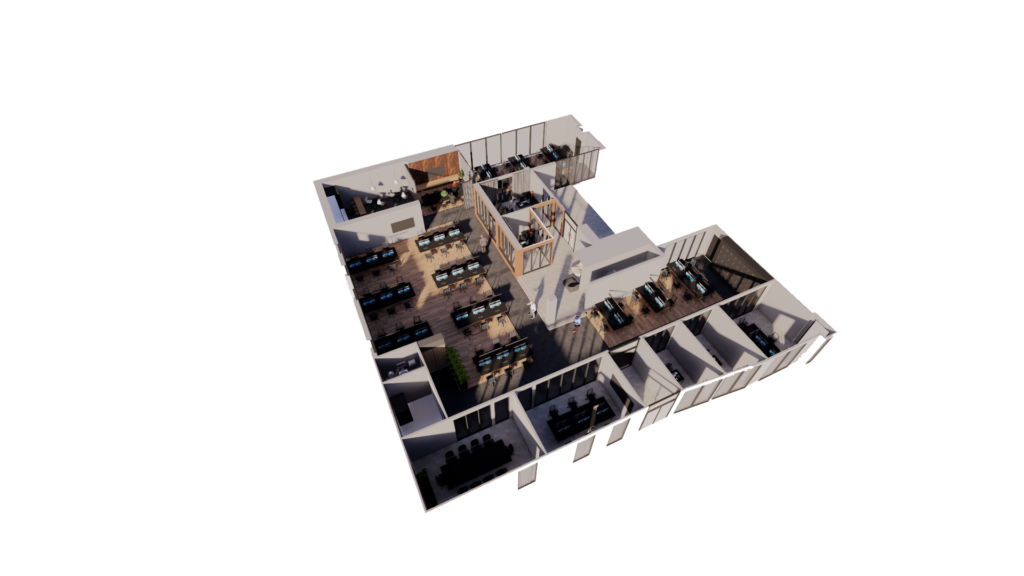
The Power of AI Interior Design Tools
One area where AI has made a significant impact is the emergence of AI-powered design tools. Leveraging machine learning algorithms can be extremely useful in the creative process. Platforms such as Planner5D, InteriorAI, and Midjourney can generate design concepts and layouts based on various inputs like room dimensions, stylistic preferences, and budget constraints. This empowers designers to quickly develop multiple design iterations and experiment with furniture arrangements, colour schemes, and finishes, optimising our use of time and resources.
Virtual Reality in AI and Interior Design
Another exciting development is the fusion of AI with Virtual Reality (VR) and Augmented Reality (AR) technologies. This combination enhances the design process by immersing clients in visual experiences that bring designs to life. VR creates virtual replicas of spaces, while AR overlays design elements onto real-world environments. Platforms like SketchUp, Foyr, and Autodesk 3ds Max seamlessly integrate AI-driven VR and AR features. While this can be extremely useful for larger projects, we have found it unnecessary for most smaller schemes.
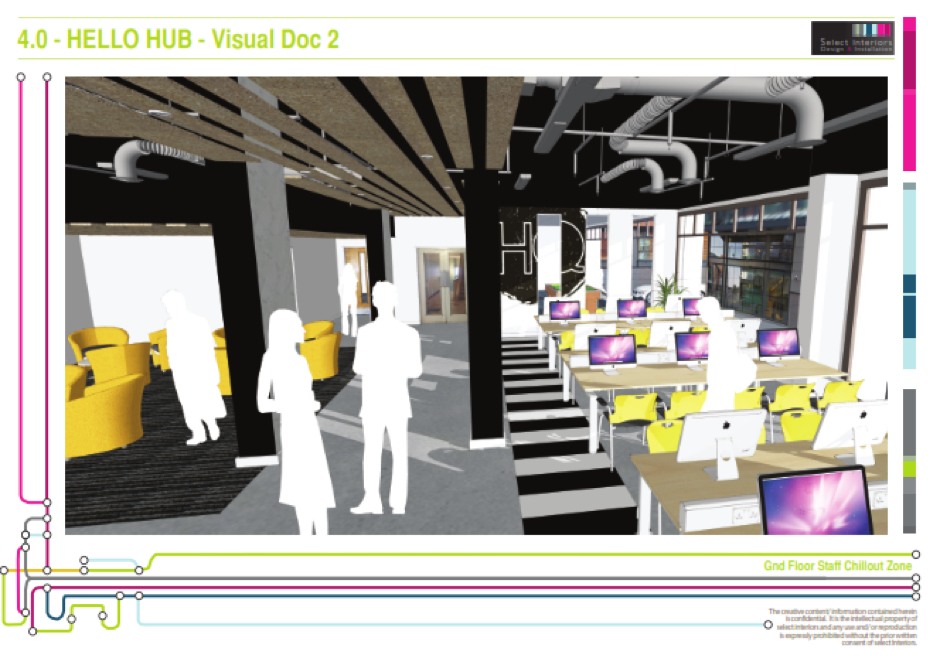
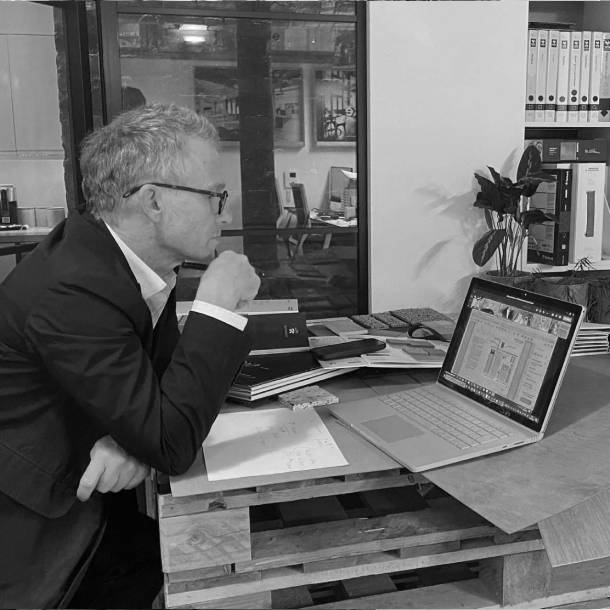
The ability to make personalised design recommendations has also undergone a significant transformation. These systems analyse user preferences and lifestyles to offer precise suggestions for furniture selections, colour palettes, and design elements. As a result, we can create customised and unique designs that cater to each client’s specific needs and desires. Midjourney, DecorMatters, and Canva are good examples of platforms at the forefront of AI-powered personalised design suggestions and mood board creation
Staying up to date on evolving design aesthetics is crucial, and AI can be incredibly useful in this respect. By analysing historical design trends and predicting future ones, AI enables us to stay ahead of the curve and effortlessly incorporate contemporary trends into our schemes. Trend-forecasting platforms like WGSN and analytical tools such as Google Trends and Chaos Scans offer valuable data-driven insights into the dynamic landscape of interior design trends.
As an interior design company, embracing AI’s transformative potential is essential for staying ahead in this competitive industry. Whether it’s through AI-powered design tools, VR and AR technology, personalised design recommendations, predictive analytics, or streamlined communication and project management, there are many opportunities to explore. However, as most industries are finding, human relationships, interactions, and empathy truly make the most valuable difference in our schemes and, most importantly, in our relationships with our clients.
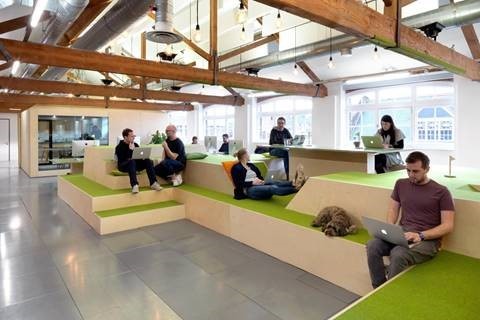
We embrace the emergence of AI, but we value human interaction and relationship building when we take on your project. Contact us today and let’s start that journey together

